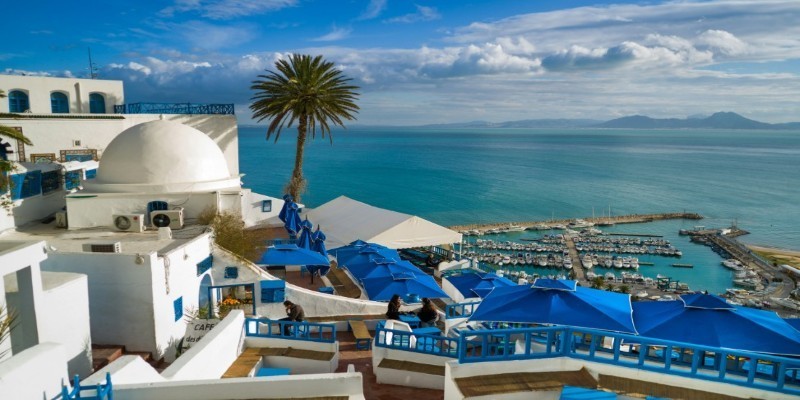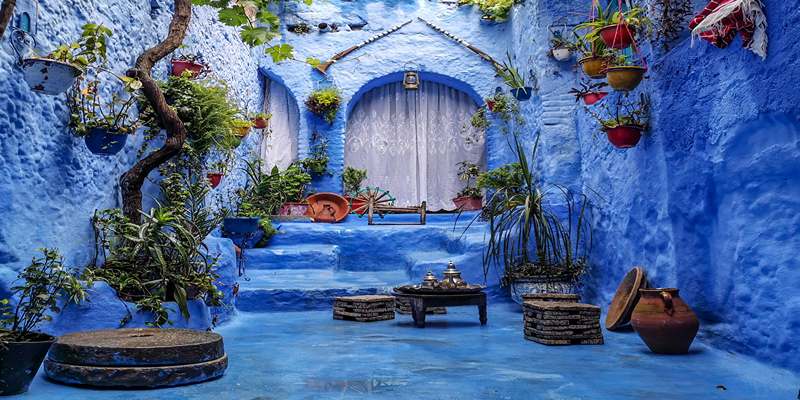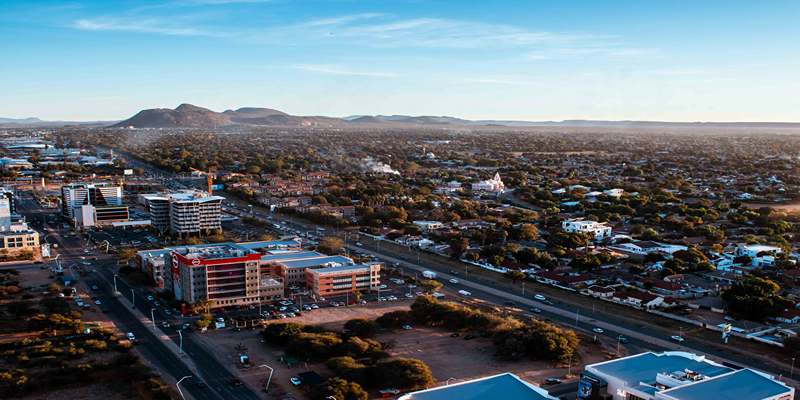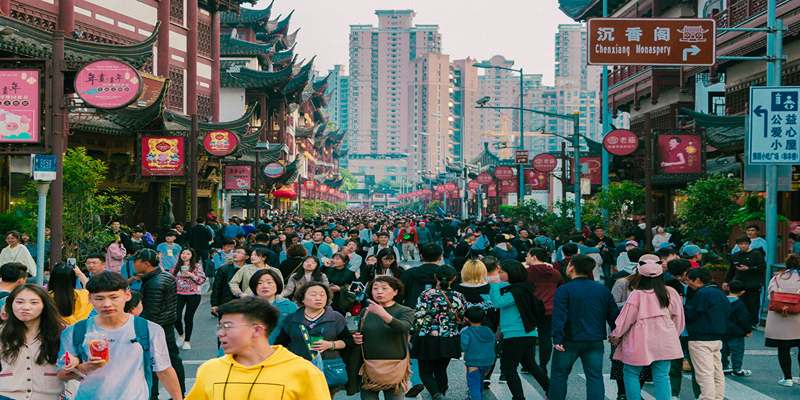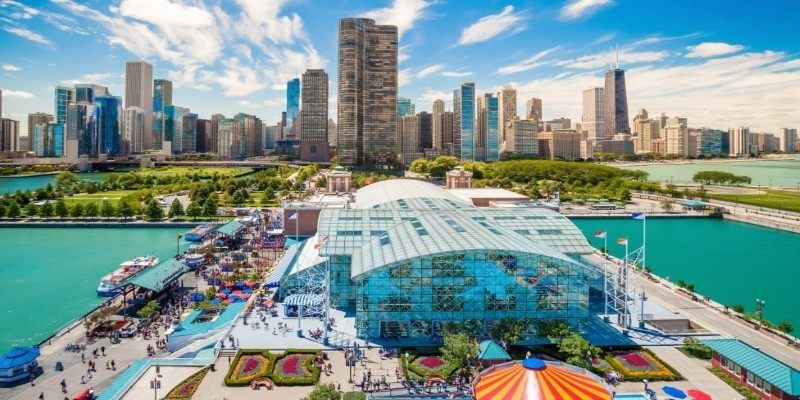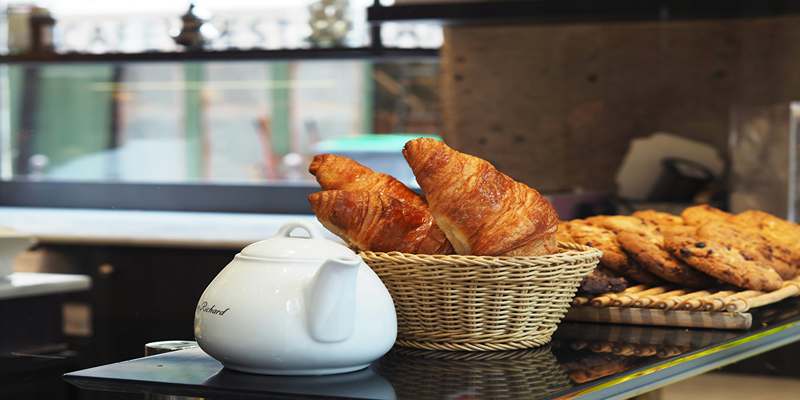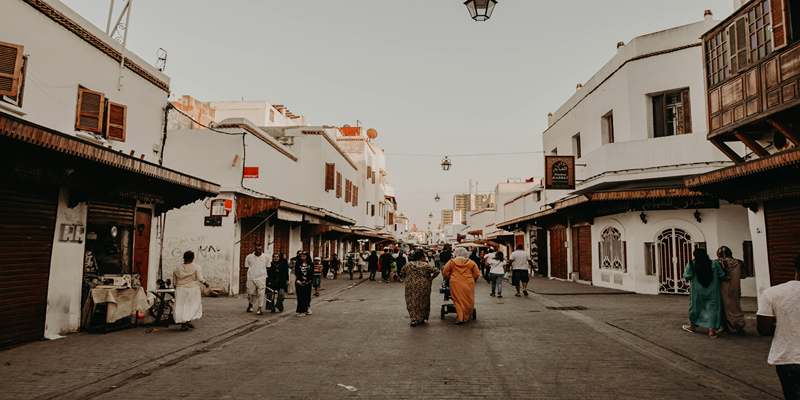Some travel choices aren't just about where to go—they're about how you want to feel. Japan and South Korea both promise something unforgettable but in very different ways. Japan moves with quiet grace, where small moments—like the scent of tatami mats or the rustle of bamboo—leave lasting impressions.
South Korea pulses with social energy, feeding off shared meals, late-night markets, and pop culture that never sleeps. Picking between them isn't easy. It depends on whether you're looking to slow down and take in every detail or stay on your feet and keep moving with the crowd. Each offers its rhythm.
Cultural Identity: Depth vs Dynamism
Japan's cultural offering is steeped in ceremony and refinement. Whether you're walking through Kyoto's moss-covered temples or watching a tea master whisk matcha in complete silence, there is a deep respect for the process. Much of Japanese life feels deliberate and minimalist. Art forms like ikebana, noh theater, and calligraphy still hold space in daily life. Even its popular culture—anime, J-pop, vending machines—reflects an eye for detail and an almost obsessive craftsmanship. The quiet in a Tokyo subway during rush hour speaks volumes about how the culture values order and individual space.
South Korea feels like a contrast. The culture is social and expressive, often lived out loud. While tradition still holds strong in places like Gyeongbokgung Palace or the hanok villages of Jeonju, the streets of Seoul are more often lit by neon and filled with the buzz of people gathering around fried chicken joints or cafes. The Hallyu wave—K-pop, K-dramas, and Korean beauty—has made Korea globally influential, and the country leans into its pop culture pride. That said, it hasn’t forgotten its roots. Ceremonial rituals, traditional markets, and Confucian values still shape the everyday.
If you’re drawn to quiet elegance and personal introspection, Japan might feel more in tune. If you thrive in fast-moving social environments filled with energy and modernity, Korea may be the better fit.
Landscape and Mobility: Spread Out vs Compact
Japan is spread across four main islands, with major attractions far apart. You can start in Tokyo's towers, take a bullet train to Kyoto's historic quarters, and then ride north to Hokkaido's snowy plains or south to Okinawa's tropical coastlines. It's a country built for distance travel. The high-speed Shinkansen system is famously punctual and clean, but travel costs can add up quickly if you're covering a lot of ground. That said, the scenery changes dramatically with every region. Alpine villages, coastal fishing towns, bamboo forests—it's all there if you're willing to hop between them.
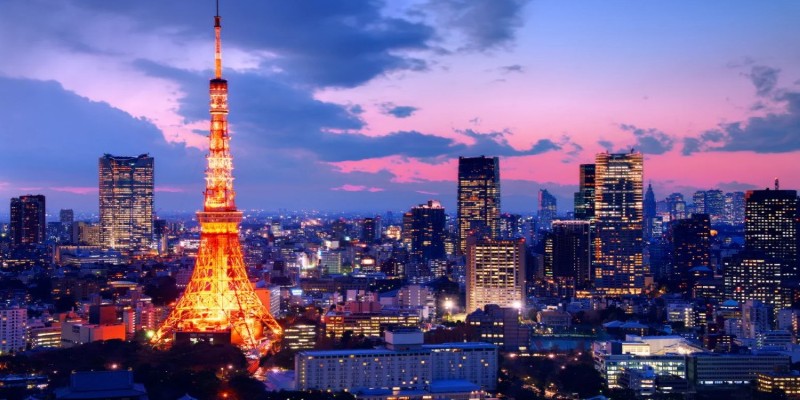
South Korea is smaller and more condensed. Most sights are a few hours from Seoul. You could be hiking in the Bukhansan mountains in the morning, relaxing in a traditional jjimjilbang sauna by afternoon, and hitting a night market for dinner. The KTX high-speed rail connects the country from top to bottom in a matter of hours. Cities like Busan or Gyeongju offer beachside relaxation or ancient Silla-era temples with minimal travel stress. You can explore deeply without needing a long itinerary or a dozen hotel bookings.
For those who enjoy planning long rail journeys and seeing sharp changes in climate and scenery, Japan rewards the extra effort. But if you prefer short hops and tightly-packed experiences, Korea keeps things simple without skimping on variety.
Food and Everyday Experience: Subtle Craft vs Bold Flavor
Japanese food is subtle, seasonal, and often quiet. It values presentation and restraint—think sushi, soba, or kaiseki dining, where the focus is on balance and fresh ingredients. Convenience stores carry full bento meals that taste better than what many restaurants serve elsewhere. Etiquette matters, too. Eating on the go is discouraged, and meals are meant to be enjoyed in peace. Dining in Japan is a calm affair that encourages focus on each bite.
Korean food is louder, both in flavor and in experience. Meals are communal and come with a dozen banchan side dishes you didn't ask for but will eat anyway. Barbecue is social—grilling meat together over a shared flame. The food leans spicy, fermented, and strong. Kimchi, gochujang, and garlic are everywhere. Street food culture is alive and kicking, too, with stalls selling tteokbokki, hotteok, and more in busy markets. And there’s less formality. Eating is often fast, casual, and flexible.
The daily rhythm reflects this as well. Japan runs on silent train rides and tidy lines. Korea thrives on late-night gatherings, smartphone chatter, and loud TV ads. One feels like quiet harmony. The other feels like a song stuck in your head.
Cost, Language, and Accessibility
Japan is not cheap. Accommodation, train passes, and meals—even if modest—add up. The country is used to tourists but often assumes a level of quiet behavior that can be tricky if you're unfamiliar with local customs. English is not widely spoken outside of major cities, though signage has improved in recent years. Still, having a translator app or some basic Japanese phrases can make the experience smoother.
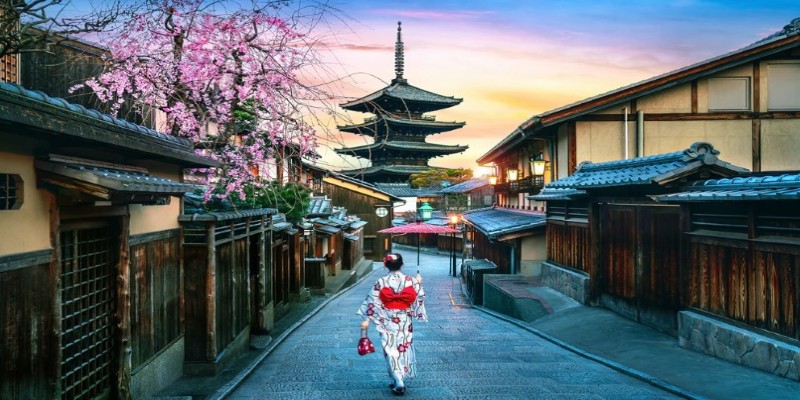
South Korea offers better value for mid-range travelers. While Seoul isn’t inexpensive, food, transport, and lodging can stretch your budget further. Korea is also quicker to adapt to global trends, and many younger locals speak at least conversational English. Apps and digital tools are more seamlessly integrated into daily life. Navigating the subway or ordering food is easier, even for first-timers.
If ease of travel and cost matter most, South Korea has the edge. But if you're willing to pay more for a cleaner, calmer, and often more scenic experience, Japan delivers.
Conclusion
Choosing between Japan and South Korea depends on what you want from the trip. Japan offers calm, precision, and varied landscapes. Everything feels designed to work well, where nature and tradition coexist. South Korea brings connection, energy, and constant motion. It's loud, close-knit, and fast-paced. Neither is better—they’re just different in how they affect you. Whether you want quiet time in a moss garden or late-night karaoke over sizzling beef, the choice depends on your pace, style, and curiosity. There’s no wrong answer—just a different kind of right.

